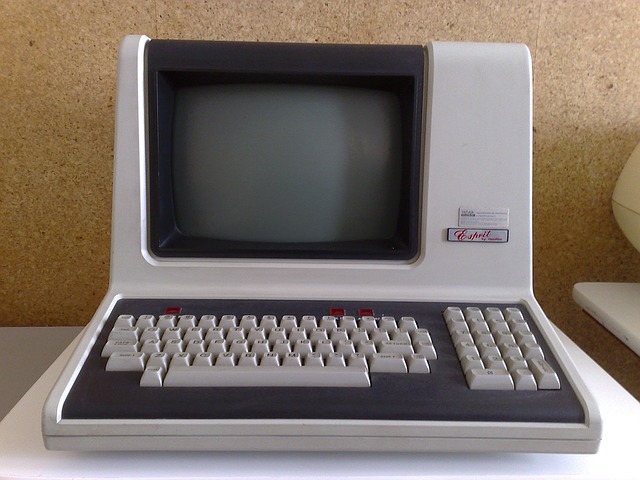Hype around the turn of the decade has sprung up on social media as we get closer to the end of the “teens” and enter the 2020s. While this chatter is more upbeat, changing over into new time period hasn’t always been so exciting.
Many people living in 1999 were struck by panic when they thought of the turn of the century, and soon realized nothing major would happen when they finally entered the year 2000. Governments, corporations and other agencies were concerned that their computer systems would not work. To save both memory and computing power, programmers in the 90s made use of a two-digit system.
In theory, this meant the exact moment the date clicked over from 1999 to 2000, many computers would register this as the year 1900. This sparked worldwide panic, as this would make a world relying more and more on computers to go completely haywire. This would have affected planes in flight, military installations and life-support systems.
During the closing years of the twentieth century, countries spent billions to correct computer systems in an effort to make them “Y2K compliant”. According to Encyclopedia.com, banks, social security systems, and food distribution centers were at risk.

The Y2K mania also began because in the 1970s, programmers used the number 9999 as a way to end a sequence of commands. This meant that the date 9/9/99 was also potentially a problem.
“Developing countries were furthest behind. Not only were their computers older, and therefore more at risk, but they could not afford to fix the Y2K bug. In early 1999, the World Bank found that only 21 of 139 developing countries had done anything about it,” Encyclopedia.com said. “The Y2K scare created a global panic, but as midnight came and went on January 1, 2000, no computer glitches were reported. Cynics attributed the hysteria about the bug to computing companies cashing in on a nonexistent problem. In an age uncomfortable with its reliance on technology, the end of the millennium was bound to create superstitious fears. Whether the Y2K problem was solved in the nick of time, or was not really there at all, will probably never be known for sure.”
Picture: Pixabay

